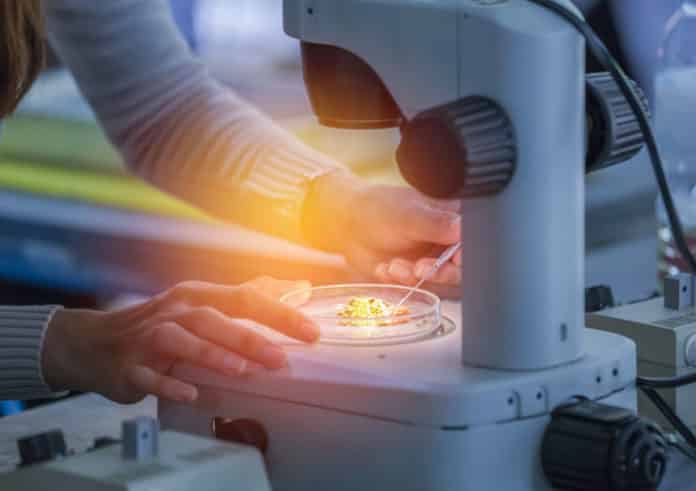New Tool By MIT & Harvard For Viewing Cellular Organization of Tissues
Slide-seq – New Tool developed by Broad Institute of MIT & Harvard researchers for precise & best viewing experience of – Cellular Organization of Tissues. The method utilizes genetic sequencing to draw comprehensive, three-dimensional maps of cells, showing not only what cell types are found, but where they are located and what they’re doing.
Because it doesn’t need specialized imaging equipment, the procedure can be used by scientists across diverse fields of genetics, biology, and medicine who wish to look at the cellular structure of tissues or to observe where particular genes are active in a tissue, an organ, or even whole organisms.
Such a platform provides unparalleled views of their cellular structure of cells, the roles played by genes in different tissues, and the consequences of harm or other perturbations on tissue, providing researchers abundant avenues of tissue function that has never before been possible.
The Slide-set system was created at the labs of Broad associate Evan Macosko, also an assistant professor of
psychiatry at Harvard, and Fei Chen, a Schmidt fellow in the Broad.In the 19th century, neurobiologist Santiago Ramón y Cajal with his detailed drawings of human tissue, demonstrating that the brain is made up of individual cells – astonished the world. The maturation of antibodies from the mid-20th century later enabled researchers to peek at proteins a few at a time–in both tissue and cells. In the last several years, RNA sequencing has allowed scientists to identify which cell types are present in tissue and which genes are turned on across the genome, but not where cells are precisely located.
Slide-seq can be seen as the latest progress in this technological evolution.
The technique starts with a rubber-coated glass slide, or”puck,” which is packed with microparticles, or”beads,” coated in exceptional DNA barcodes. The Broad team sequences all those barcodes, generating information that later permits users to determine where the sequencing reads originated onto the bead selection.
In a few hours of use arrays offered by the Broad, researchers could move pieces of fresh-frozen tissue on the bead surface and then dissolve the tissue, leaving mRNA transcripts bound to barcoded beads. The sequencing of the barcoded RNA library is done on commercial instruments. Software developed by the Broad group and supplied to end users places to every sequencing read, which is plotted to generate high-resolution pictures of cell forms or receptor expression, with more info than that of regular microscopy images.
To demonstrate the tool’s capabilities, the team used Slide-seq to localize cell types within the cerebellum and hippocampus from the mouse brain, highlighting comprehensive structures such as a one-cell-thick layer of cells. Implementing Slide-seq to slices of mouse cerebellum, the team revealed bands of gene action variation across the tissue, patterns which suggest spatially defined subpopulations that weren’t discernable using conventional single-cell sequencing.
The team also showed that Slide-seq may be useful to check the effects of perturbations, using it to track the reactions of specific cell types in a mouse model of traumatic brain injury. By filtering the information to reveal the expression of individual genes, they found some genes turned on in volunteers according to closeness to the harm much long after the injury happened.
The researchers also revealed that stacking a collection of tissue slices can show three-dimensional organization and cellular function by creating an animated 3-D reconstruction of the mouse hippocampus, which can be customized to display different cell types or manifestation of individual genes.
“Single-cell RNA sequencing is really good at telling you what kind of cells are on your sample,” stated Co-first writer – Samuel Rodriguez, an affiliate in the Chen lab and also an MIT grad said that the Single-cell RNA sequencing is extremely efficient in predicting what type of cells are there in a sample. Whereas Slide-seq, on the other hand, is a novel tool with a completely different mechanism that tells us where cells are located in tissue. He said that they are super-excited to work in collaboration in various fields.






























